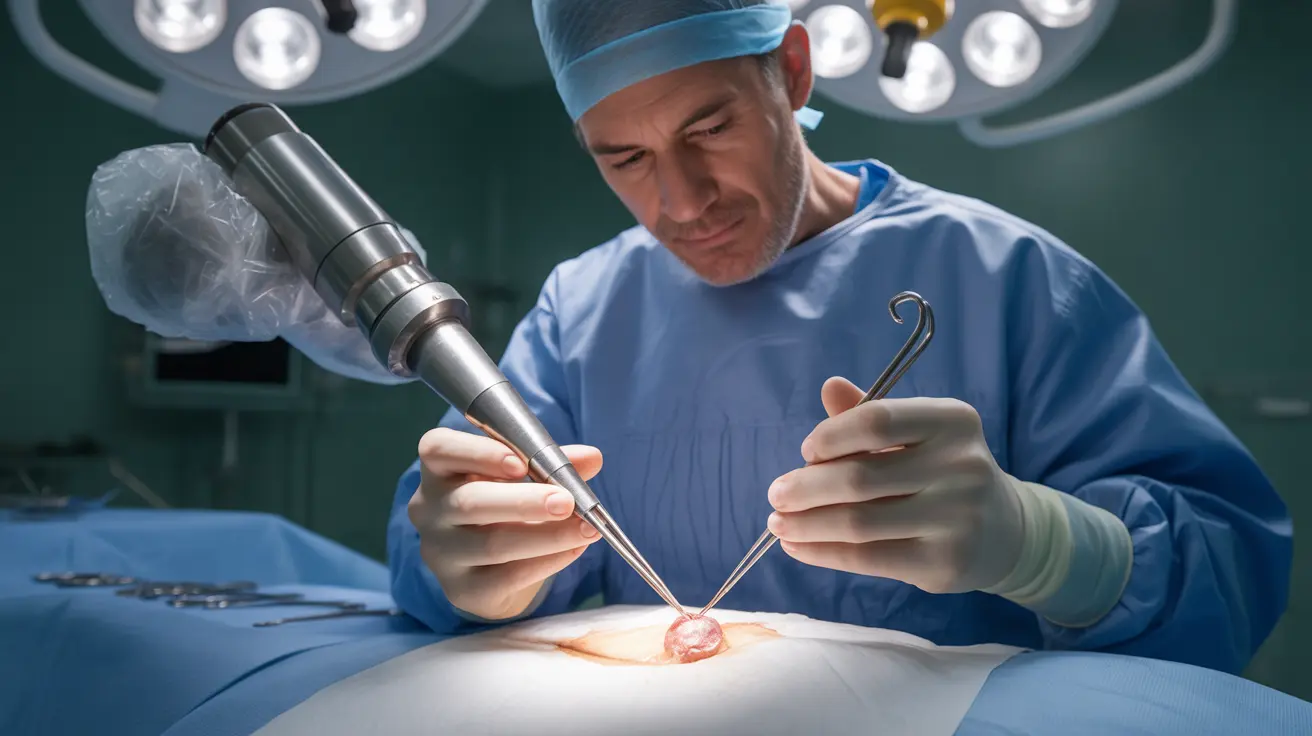Heel spur removal is a surgical procedure that offers relief to patients suffering from persistent heel pain unresponsive to conservative treatments. Understanding what this procedure entails, its recovery process, and expected outcomes is crucial for patients considering this treatment option.
While many individuals with heel spurs can find relief through non-surgical approaches, some cases require surgical intervention to address chronic pain and mobility issues. This comprehensive guide explores the surgical process, recovery timeline, and important considerations for patients pursuing heel spur removal.
Understanding Heel Spur Surgery and Its Necessity
Heel spur removal surgery becomes a consideration when conservative treatments fail to provide adequate relief. These treatments typically include physical therapy, orthotic devices, cortisone injections, and anti-inflammatory medications. Surgery is generally recommended only after exhausting non-surgical options for at least 6-12 months.
The procedure involves removing the calcium deposit (heel spur) and, in many cases, addressing associated plantar fasciitis. Surgeons may perform the operation using traditional open surgery or endoscopic techniques, depending on the specific case requirements.
Surgical Procedure and Techniques
During heel spur removal surgery, the surgeon makes an incision to access the affected area. The procedure may involve:
- Removing the calcium deposit (heel spur)
- Releasing the plantar fascia if necessary
- Smoothing the heel bone surface
- Repairing any damaged tissue
The surgery typically takes 30-60 minutes and is usually performed on an outpatient basis under local or regional anesthesia.
Recovery Timeline and Expectations
Recovery from heel spur removal surgery typically progresses through several phases:
Immediate Post-Surgery Period (0-2 weeks)
- Limited weight-bearing
- Use of crutches or surgical boot
- Regular wound care
- Pain management
Early Recovery (2-6 weeks)
- Gradual increase in weight-bearing activities
- Beginning of gentle exercises
- Continued use of supportive footwear
- Regular follow-up appointments
Advanced Recovery (6-12 weeks)
- Progressive return to normal activities
- Physical therapy exercises
- Strengthening and stretching programs
- Gradual return to regular footwear
Post-Operative Care and Pain Management
Successful recovery requires careful attention to post-operative care instructions. This includes:
- Keeping the surgical site clean and dry
- Taking prescribed medications as directed
- Elevating the foot to reduce swelling
- Following weight-bearing restrictions
- Attending all follow-up appointments
Physical Therapy and Rehabilitation
Physical therapy plays a crucial role in recovery, typically beginning 2-6 weeks after surgery. The rehabilitation program focuses on:
- Restoring range of motion
- Strengthening foot and ankle muscles
- Improving flexibility
- Developing proper walking mechanics
- Preventing future complications
Frequently Asked Questions
What does heel spur removal surgery involve and when is it recommended?
Heel spur removal surgery involves surgically removing calcium deposits from the heel bone. It's recommended when conservative treatments fail to provide relief after 6-12 months and pain significantly impacts daily activities.
How long is the typical recovery period after heel spur removal surgery?
The typical recovery period ranges from 6-12 weeks, with initial weight-bearing restrictions lasting 2-3 weeks. Complete recovery and return to normal activities usually occurs within 3-4 months.
What kind of pain management and postoperative care should I expect after heel spur surgery?
Pain management typically includes prescribed medications, ice therapy, and elevation. Postoperative care involves wound care, limited weight-bearing, and following specific activity restrictions as directed by your surgeon.
When can I start physical therapy and normal activities following heel spur removal?
Physical therapy usually begins 2-6 weeks after surgery, depending on healing progress. Return to normal activities is gradual, with most patients resuming regular activities within 3-4 months.
What are the possible risks and complications associated with heel spur removal surgery?
Potential risks include infection, nerve damage, delayed healing, chronic pain, and scarring. While complications are relatively rare, it's important to discuss these risks with your surgeon and follow all post-operative instructions carefully.




